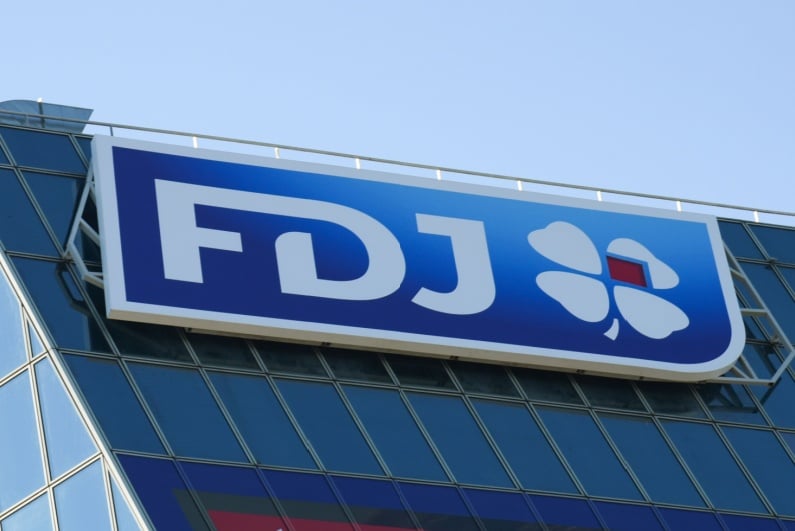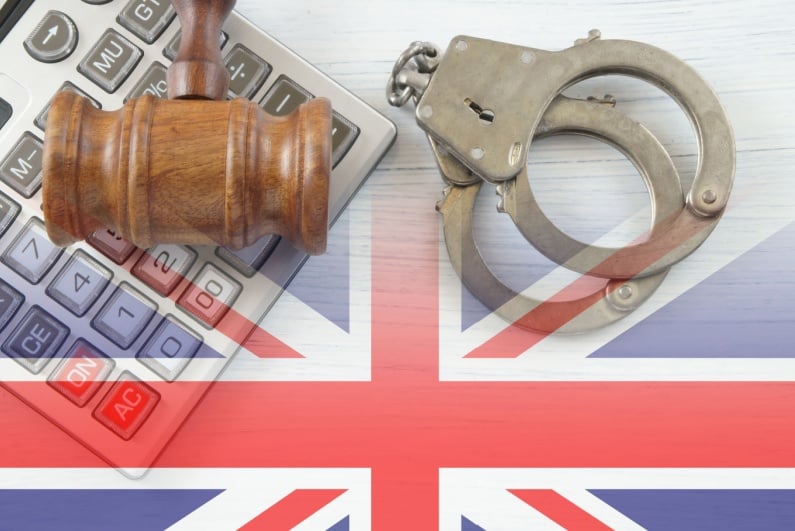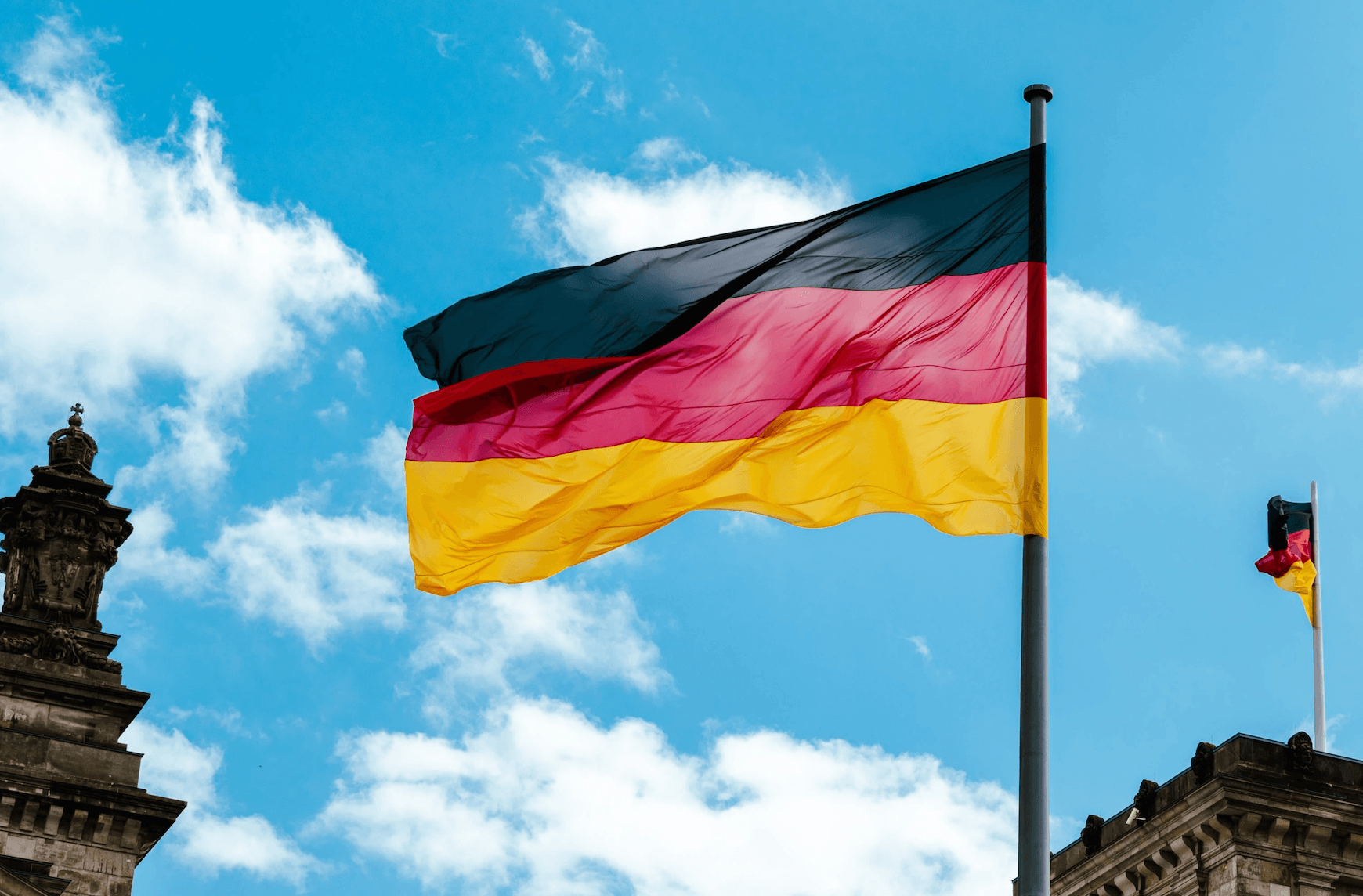Big ideas die hard in the desert, but even by Las Vegas standards, the Fontainebleau’s 18-year gestation period was pretty epic. Through a series of fits and starts — ownership changes, a massive economic recession, and a global pandemic — the ritzy, north Strip property finally opened in late 2023 to great fanfare.
Then, in the first month of operation, no less than four senior executives left the Vegas wing of the company, which has a sister resort in Miami — albeit one with no casino. Then, for good measure, an executive at a rival casino shared a photo on X (nee Twitter) of a very sad, sparse plate of $21 nachos served by the restaurant in the Fontainebleau’s sportsbook, one that went viral and spawned the hashtag #nachogate. (The nachos have since improved.)
Hey @fblasvegas we waited an hour for food in the Sportsbook and this is our nachos???
Come on man pic.twitter.com/eHDV4cyjOK— Mike Herman (@MuTigerMike) January 23, 2024
“Multiple visits throughout January showed closed casino pit sections, multiple empty slot banks, and few lines of diners at the property’s food hall,” the Las Vegas Review-Journal reported on Thursday, as Sin City prepares to host its first Super Bowl.
This all begs the question: Given the minefield the Fontainebleau had to navigate to finally open and the hiccups that have ensued since, is Vegas’ tallest occupiable resort cursed?
“Cursed is kind of extreme,” said David Schwartz, UNLV’s ombudsman and a revered gambling historian. “Every situation is unique. When you do have somebody coming into the market that doesn’t have a huge legacy player database, there are going to be some growing pains. I can’t speak to the nachos.”
Slow starters have hit their stride
Schwartz’s UNLV colleague, hospitality professor Anthony Lucas, also pointed to the Fontainebleau’s player database shortcomings as potentially its biggest roadblock to success.
“That’s a big one. That’s gonna slow your roll coming out of the gate,” said Lucas. “I’ve seen a few instances of that in the past. You get some traffic because you’re new, but a lot of those are lookie-loos and not necessarily quality players. They’ll eventually get there, but it’ll be a ramp-up.”
Lucas should know. He was an MGM Grand employee when it opened in December 1993, and things did not go smoothly in the early days.
“We had a rough start,” he conceded. “I think we had a database, but it was old and dated and a lot of the information in it was not accurate. We had a pretty slow start in December of 1993. Eventually it found its stride, but we did not come out of the gate strong. Had it not been for two players (whales), we probably would not have made money on the casino side in the first year.”
Schwartz also recalls that the Cosmopolitan experienced some growing pains in its first few years before finding its footing.
“When they first opened, they had great food and beverage, great nightlife, casino — not so much,” he recalled. “It seemed like a bit of a struggle but they eventually turned it around. A lot of it is seeing what does work.”
Paraphrasing a former casino executive, Schwartz described the ideal new-kid-on-the-Strip philosophy as, “There are no bad ideas. They’re just bad after you try them.”
‘It’s not my favorite location’
Traversing the Las Vegas Strip is not for the meek. But even in this context, the Fontainebleau (which declined to participate in this story) is a pretty serious hike from the boulevard’s epicenter, which could factor into the property’s success, or lack thereof.
“It’s not my favorite location,” said Lucas. “It’s not one I would pick, but it’s doable. I like the entrance off Sahara. That’s kind of nice, probably more so for locals. It’s gonna be a tough sell for them anyway.”
Schwartz is a bit more optimistic.
“There’s a lot more activity going on at that end of the Strip now than there was a few years ago,” he said. “At the end of the day, these places really are destination resorts in a lot of ways. People will travel to get where they want to be.”
Photo: George Rose/Getty Images



 2024-02-06
2024-02-06














